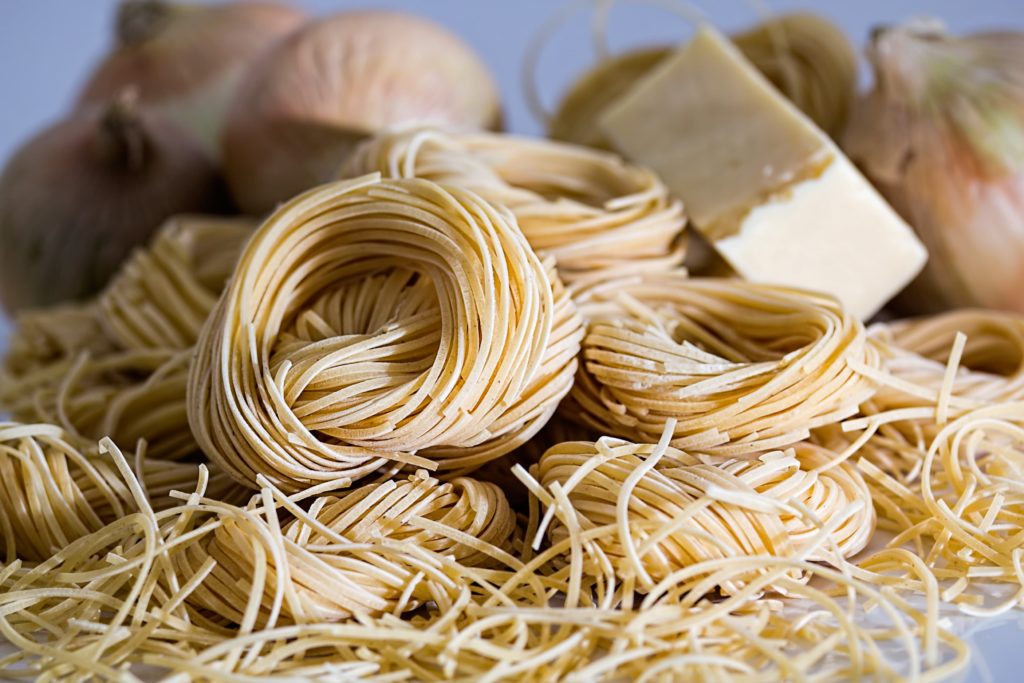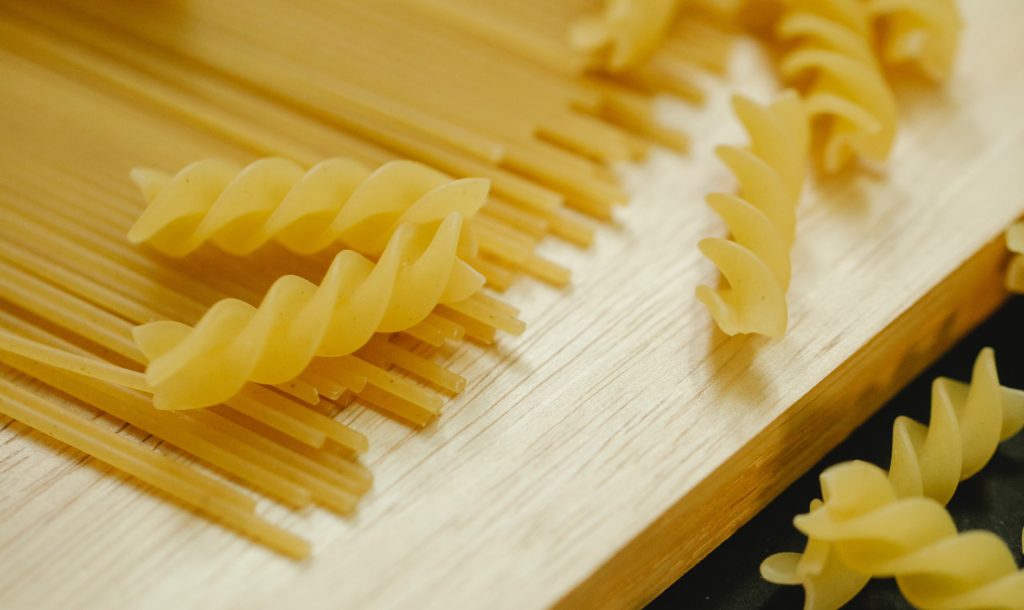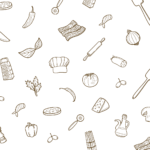
Fresh Pasta vs Dry Pasta : the ultimate pasta lover guide
Any Pasta Lover knows that when it comes to pasta, there are two main types: dry and fresh. But did you ever wander what’s really the difference between the two, and most important, which kind is the best? Let’s boil down a quick rundown on each type of pasta.
What’s the difference between fresh and dry pasta?
When it comes to nutrition, there really isn’t a huge difference between fresh and dry pasta. So how come you can find those two types of pasta at the supermarket? Let us explain you why.
Common characteristics of dry pasta

Dry pasta is the most common type of pasta. It’s made from durum wheat semolina and doesn’t contain any eggs. Dry pasta also has a lower moisture content than fresh pasta, so it will not become mushy when cooked. This means that the pasta needs to absorb water and will cook a bit slower.
Dry pasta comes in a variety of shapes and sizes, from long strands like spaghetti to small pieces like elbow macaroni. It is typically sold in boxes or bags, while fresh pasta is usually sold in refrigerated cases. It’s also available in whole wheat or gluten-free varieties.
To sum up, dry pasta is the most common type of pasta you can find, and also generally the cheaper. It’s quick and easy to cook, and can be used in a variety of dishes.
Common characteristics of fresh pasta

Fresh pasta is made from a dough of eggs and flour. It’s usually sold in the refrigerated section of the grocery store and has a shorter shelf life than dry pasta.
Fresh pasta comes in a variety of shapes and sizes, from long strands like fettuccine to small pieces like ravioli. It can be made from whole wheat or semolina flour, and is usually cooked for a shorter period of time than dry pasta.
Fresh pasta is less common, but is often seen as higher quality. It has a more delicate flavor and texture, and is best cooked quickly. It’s also more expensive than dry pasta.
Is there a difference of calories between fresh pasta vs dried pasta?
When it comes to nutrition, both types of pasta are relatively similar. A 2-ounce serving of dry spaghetti has about 200 calories and 42 grams of carbohydrates. A 2-ounce serving of fresh fettuccine has about 210 calories and 43.
As a general rule, you should plan on serving 2 ounces of pasta per person when cooking dry pasta and 4-5 ounces when cooking fresh pasta. This will give you enough pasta to enjoy without feeling overly full.
How do you cook fresh pasta?
Fresh pasta only takes a few minutes to cook, so it’s perfect for a quick weeknight meal. Simply bring a pot of water to a boil and add the pasta. Cook for two to three minutes, or until al dente. Drain the pasta, add your favorite sauce and there you go: you have a delicious fresh and comforting pasta meal to enjoy!
How do you cook dry pasta?
Dry pasta is typically cooked for about 10 minutes in boiling water. This duration depends on the type of dry pasta you choose (spaghetti, tortellini, penne) so it’s best if you refer to the cooking time written on the box.
It can be served with just about any sauce, but it’s especially good with tomato-based sauces. One or two basil leaves, a little of fresh grated parmesan and bon appétit!
In conclusion…
So, what’s the verdict? Both types of pasta have their pros and cons. It really comes down to personal preference. Do you prefer the heartiness of dry pasta, or the delicate flavor of fresh pasta? Whichever type you choose, enjoy!


[…] most people won’t bother to freeze uncooked pasta, as dry pasta almost has a two-year shelf life in the package. It’s better in this case to keep your dry pasta […]